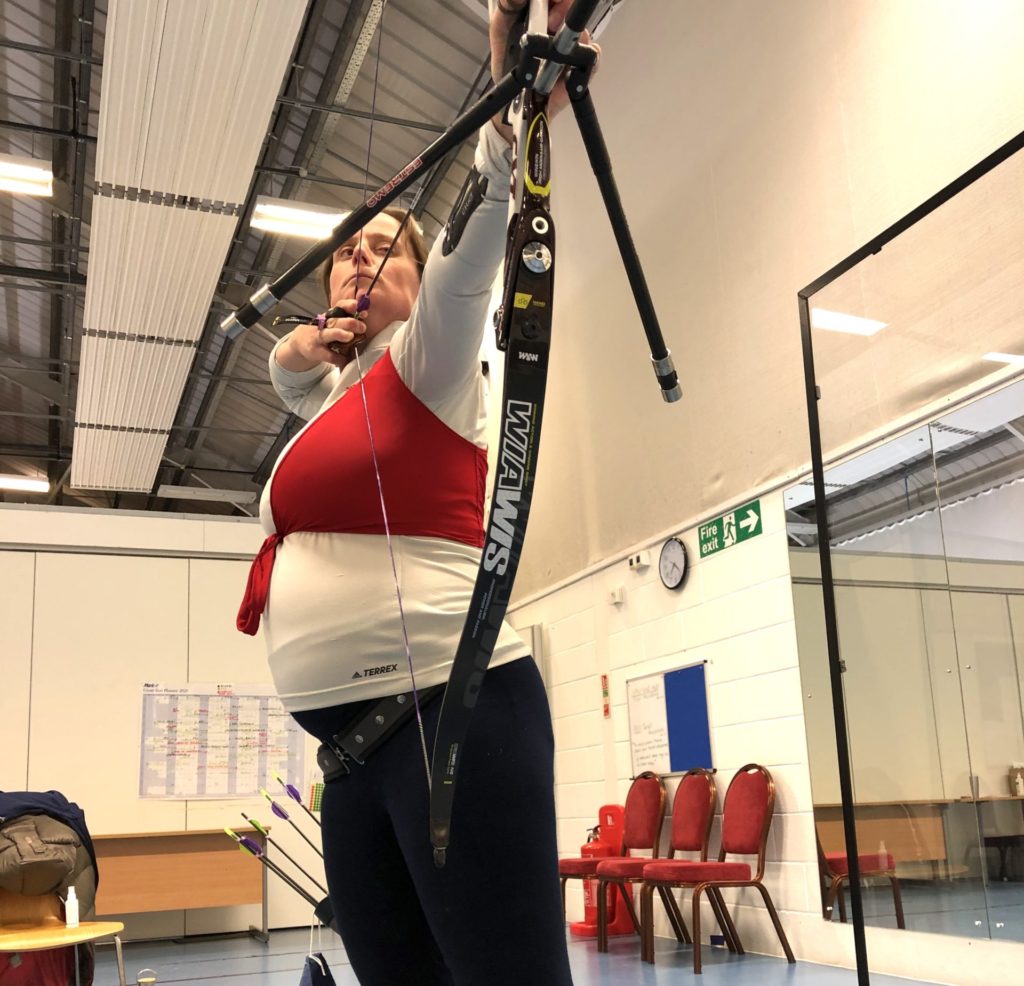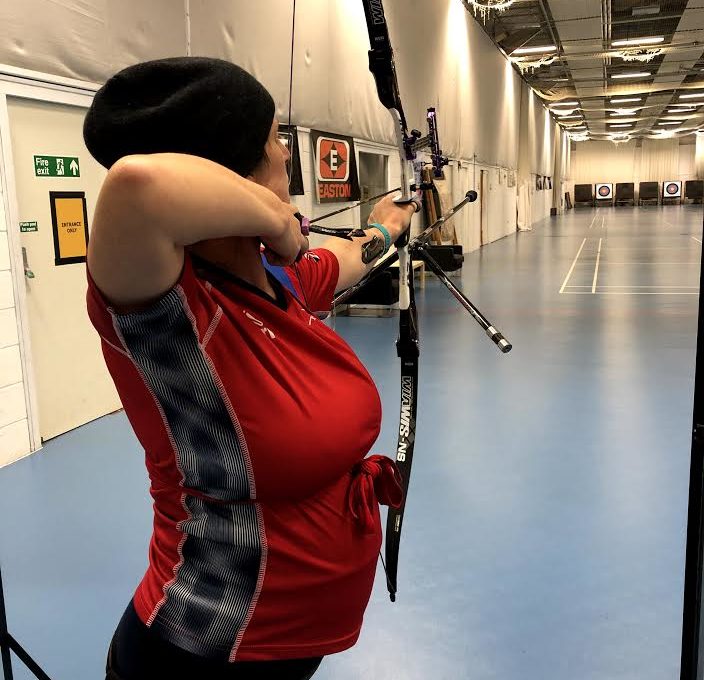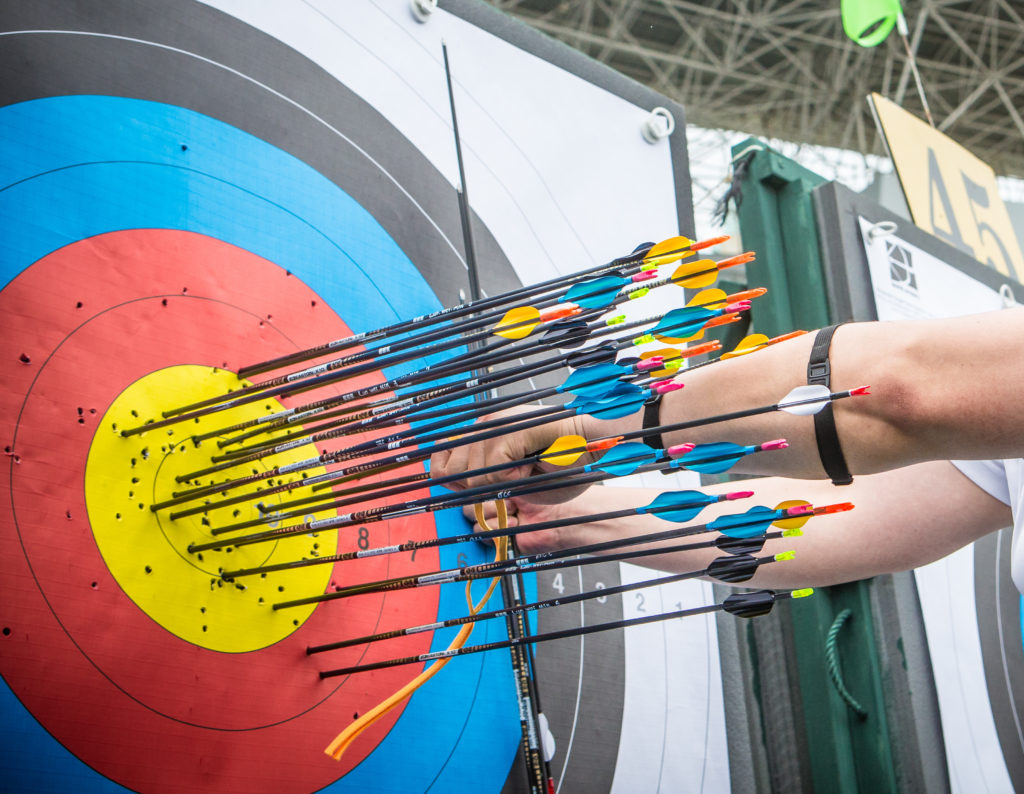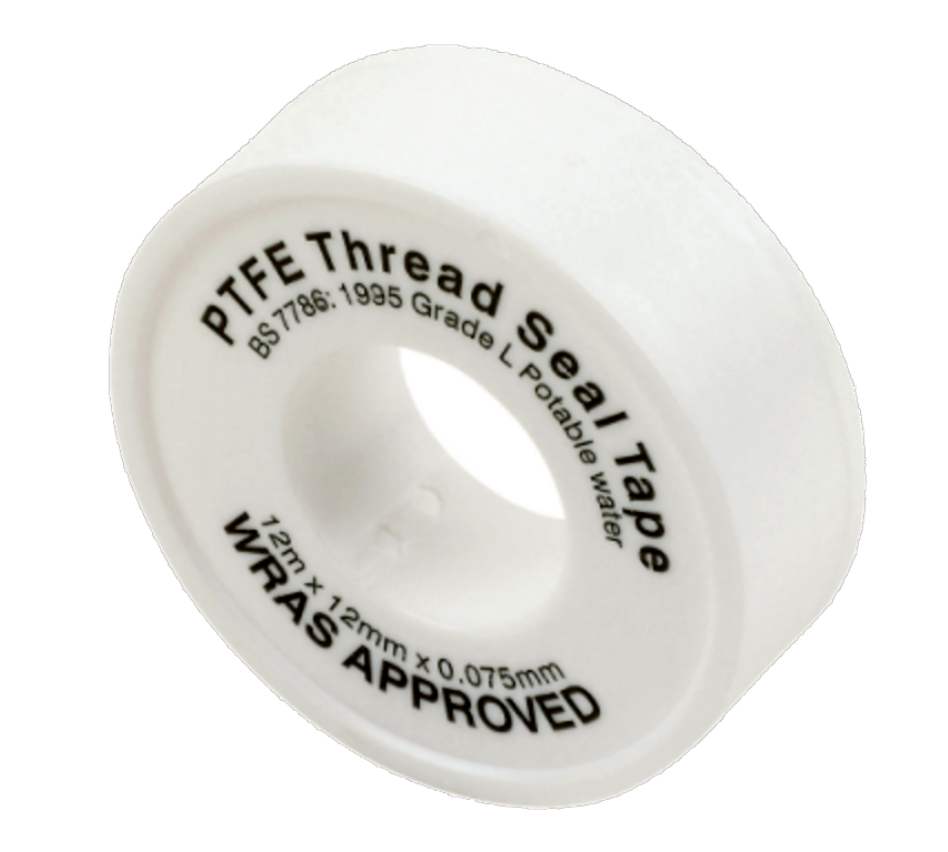Our expert panel answers your questions. Send yours to john.stanley@futurenet.com
GBR international Naomi Folkard gave birth to her first child in March this year, and is on the archery team for the Tokyo Olympics in July. She shared her experience of shooting while pregnant.
When I first got pregnant I knew nothing about having babies, it was kind of petrifying, I’d never even changed a nappy. I got a lot of stuff from Rikki Bingham. She’s a coach now, but she had her first children when she was
still shooting.
Vic Barby also had a lot of really good information for me. She went away to the European 3D championships, with her baby while still breastfeeding. I got so much information and inspiration from those two. At about three months into the pregnancy I got to the point where I was ready to go it alone and work things out for myself.
I wrote down plans for pregnancy and plans A, B, C and D for after the birth at which point I felt that it would be absolutely possible for me to have a baby in February and compete at the best of my ability in Tokyo in July.
I wasn’t shooting when I found out I was training due to a shoulder injury, but if I had been shooting it would have been very difficult because of the nausea although this was over the summer in lockdown, so we couldn’t really train properly anyway. I managed to get off the sofa just enough to do my shoulder rehab.
At three months I started feeling a bit better and more energetic and I was able to go back to Lilleshall for gym and rehab and to start shooting again. I continued my gym work as for a while until October, about five months in. After that, I adapted exercises in the gym to make it safer. You’re not supposed to do sit ups when you’re pregnant. You can do side planks, but not front planks.
My hips and pelvic area was obviously becoming lax, but I found that doing dead lifts, Romanian dead lifts and Bulgarian split squats really helped to engage the muscles to support the joint and give me more stability and less of that pinching pain. I also had to be careful to keep my heart rate below 140bpm and ensure I had plenty of rest between every set.
Shooting wise I shot right up to the day my waters broke, which was a few days past my due date.
My belly was fine with the string, it’s just my posture was horrific. You can see in the photos that my back is arched, and I had no ability to tuck the hips under like I normally do when I’m shooting. It did compromise my shot a little. My shoulder alignment wasn’t quite the same and though I was still shooting really well, it just wasn’t quite the same feelings.
My archery physio was really great. She did a lot of research. Finding research for specifically pregnant women is really limited. I also worked with the physio we had for Beijing who is now a women’s health physio during and after pregnancy. We ended up doing loads of pregnancy-specific yoga to help my pelvic floor and to prepare me for the birth.
My main goal was to make the birth as easy as possible, because the time between my due date and Tokyo was five and a half months. I didn’t want a C-section, because that would have meant three months off training altogether, which would probably have sunk Tokyo. So my focus was making sure I was in the best possible condition to give birth, without any interventions.
Despite all my plans and preparations, the birth didn’t exactly go to plan. My waters broke but I wasn’t really in established labour. The first attempts at induction didn’t work so I was put on a hormone drip which caused crazy nausea, when I was told the second attempt induction would take about 12 to 18 hours I realised that I’d never make it without an epidural, as soon as that kicked in I was calm and enjoyed the experience.
The time between my waters breaking and actually giving birth was 54 hours. In the end the birth was quite simple and only needed a couple of stitches, but if I hadn’t done all the physical preparation I doubt it would have been so simple and Tokyo would have been much less likely.
After the birth, I took two weeks off from shooting. It felt jelly-like from around the hips and pelvic area for probably about a month and even two to three months afterwards my posture still wasn’t quite the same as it was before. I have to make sure the exercises I do are executed with absolute focus and control because otherwise I can easily lose my balance.
If you’re able to keep shooting throughout the pregnancy, then you should absolutely do it. The more modern way of thinking for women is that it’s beneficial to exercise during a pregnancy, because the birth itself is like doing the hardest gym session you’ve ever done and you need to be strong, you need stamina for that!
I got a lot of inspiration from following women’s health physios, doctors and midwives on Instagram, although it can be tricky to realise which people are genuine professionals in the field and have reliable information.
So far I’ve talked about all the exercise I did, but rest is just as important. Growing another human is exhausting! It continues to be exhausting with the breast feeding and the interrupted sleeps.
A good level of fitness training and rest is essential to maintain energy levels long term, even if those energy levels seem low!
BOW SAYS: Needless to say (we really hope it’s needless to say) Bow recommends you should always consult a doctor if you think you might be pregnant before continuing to shoot. However, the limited amount of evidence available suggests it is very possible to continue most styles of archery while pregnant.
German archer Cornelia Pfohl competed in the 2004 Olympics while pregnant at 30 weeks – and apparently competed at the Sydney Olympics while in the early stages of pregnancy with her first child. Many other elite archers have competed internationally while expecting recently, including Toja Ellison. As Naomi points out, the modern thinking is that exercise during pregnancy is beneficial.
Please shoot healthily – and safely. Oh, and congratulations!
QUESTION: Is there a point where the Easton arrow spine chart just doesn’t work anymore? I shoot 38lbs but I’m quite small and have 24” arrows, and I just can’t see to find an arrow that works for me! I used to shoot x10s but I have to cut so much off them that I don’t think they’re even barrelled anymore so don’t see the point in using expensive arrows if I need to cut them past their maximum recommended trim. Do arrow manufacturers not expect somebody with a short draw length to be shooting at a high enough level to need good arrows?
ANSWER: This is a great question, and I understand your frustration in not being able to find a matching arrow. There’s certainly a point where the spine chart doesn’t work anymore. As you found out, this occurs if your arrow length starts approaching the lower end. In reality, the chart is Easton’s best effort at making a rough guide for most archers, and generally, it works well. But ultimately it’s just a guide.
Whenever you start approaching a draw weight or length which is near the extremes of the chart, the chances of deviating from the recommendation increases. If it’s any consolation, the chart isn’t correct for me even at my ‘average’ draw length and weight combination. This is due to other factors affecting tuning, such as the release, limbs, riser, stabilisers, tab…etc. The list goes on.
Although it’s annoying not to be able to get the arrow you want, it’s not because manufacturers don’t expect you to shoot at a high level. It’s simply because there aren’t enough archers buying that spine of an arrow to make it viable to produce. The same goes for archers who have very long draw lengths. Often, they’ll have to cut the back of an X10 to make it stiff enough, even though this is not the best practice.
So, what’s the solution? It does sound like X10’s will be difficult to tune for you, but fortunately, it’s not the end of the world. I’d recommend going for something like an ACE. Frankly, although they don’t have the ‘prestige’ of an X10 they’ll shoot better because you have more spine options and should be able to tune them. If you look closely at the spine chart, 1000 spine X10’s and 1000 spine ACE’s both weigh 5.8 grains/inch; at this spine, there is no ‘added mass’ benefit of getting an X10 in the hope it will be less affected by wind.
If you’re on ACE’s but struggling, here are some tips for your tuning that should help. Firstly, always tune at a distance/target face combination where you can comfortably keep most arrows in the gold. Secondly, don’t tune past 30m. Lastly, only tune with three main variables: arrow length, arrow spine, and poundage. Because the ACE’s go all the way to a 1250 spine, if your arrow is still too stiff you can go one spine weaker.
As an extra note, I would recommend shooting Beiter out-nocks at your arrow length/poundage, as they help weaken the arrow a little more and can make tuning easier. Finally, I’d recommend using the in-depth tuning guide I wrote for Bow a few issues back to go through your tuning step-by-step and make sure you’ve covered everything. Good luck!
ASHE MORGAN
QUESTION: I’ve just bought a new bow, and I’ve heard it takes time for screw threads to settle in-but re-tightening every attachment a couple of times a session is driving me mental. Is there anything I can do?
ANSWER: It sounds like you’ve got too much vibration going through your bow – so check your tiller, first off. It’s probably time to add in a Doinker-type damper before the weights on your longrod, or in the bolt hole near your top limb – that’ll help reduce vibration.
Aside from that, you don’t want your screws coming loose all the time – and especially not on a new bow when you’re getting settled in. Some archers do risk using some Locktite-type glue in the threads where you leave kit permanently screwed-in – but I find this leaves crusty residue and doesn’t actually keep accessories firmly in place. Besides, as a matter of principle you don’t want to be pouring tubes of glue down the holes in your nice new riser.
The best thing to do, especially on longrods where the bushing in the bow is usually a glued-in insert itself, is to wrap a little bit of PTFE tape or clingfilm around the rod’s thread as you screw it in.
It’ll make the whole unit a little tighter and keep it stuck in firmly, but it won’t cause any damage or trouble when you unscrew and pack everything away at the end of the day.
YANNIS PATONIA





